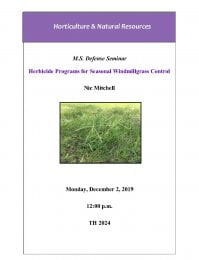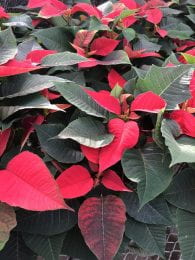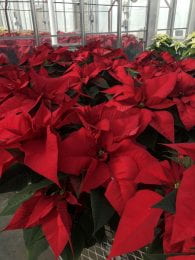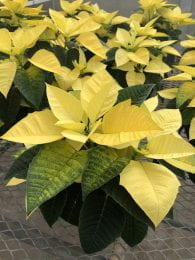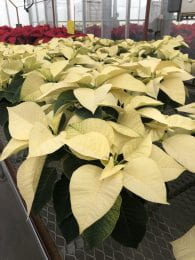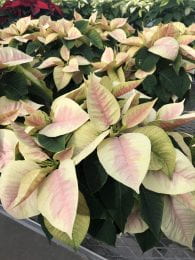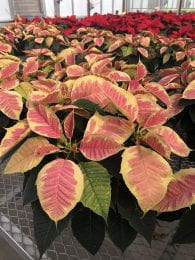By Brooke Garcia
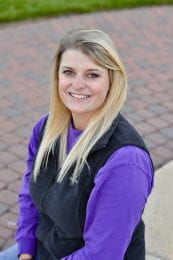 Meet Dani McFadden!
Meet Dani McFadden!
Dani McFadden is currently enrolled at Kansas State University pursuing her M.S. in Turfgrass Science, with an emphasis in Weed Science. She anticipates graduating in May 2021.
McFadden also holds an undergraduate degree from K-State in Horticulture, with a focus in Golf Course and Sports Turf Management.
When outside of class, McFadden loves walking around golf courses, sports fields, and home lawns to apply what she is learning in school. She enjoys being able to identify weeds and common diseases, as well as applying her knowledge of herbicides and fungicides.
McFadden’s favorite hobbies include playing golf with friends, fishing, and attending sporting events. More specifically, she likes attending sporting events that are played on natural grass.
Research Focus: Testing Labeled Restrictions on Seeding Timings after Herbicide Application
Here is what McFadden has to say about her research…
“Many people want to know when they can seed their lawn after herbicide application. Most labels restrict seeding until 2-4 weeks after application. My research includes seeding a stand 0, 3, 7, and 14 days after herbicide application along with the effects of different irrigation amounts on seedling germination. I am also doing research on tall fescue conversion to buffalograss after glyphosate applications.”
What’s next for Dani McFadden?
McFadden will always love mowing greens in the early morning while watching the sunrise. This is something she hopes everyone will have the chance to do. Looking ahead, she hopes to start a career with a chemical company as a territory manager. Through networking, she can continue to connect with great superintendents and turf managers in this industry. The “people in this industry is what makes being a turfgrass student so great,” says McFadden.
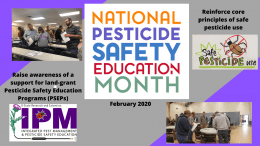


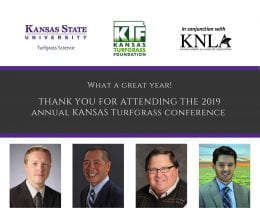




 Meet Nic Mitchell!
Meet Nic Mitchell!  “Windmillgrass (Chloris verticillata Nutt.) is a problematic perennial grassy weed commonly found in the mid-west. Currently, there are the only two labeled chemical control options in turfgrass. Tenacity (mesotrione) is labeled for two applications for control while Pylex (topramezone) is labeled for a single application for control. We conducted research to determine if a single application of a common selective perennial grass herbicides would completely control windmillgrass, and to their efficacy when applied at spring, summer, and fall application timings. The next research study that we conducted was to explore the addition of triclopyr to mesotrione, topramezone, and fenoxaprop as well as triclopyr alone. Sequential applications of these herbicides and herbicide combinations were also applied. The last research trial we conducted was to determine the effects of windmillgrass response to glyphosate at different rates with fall applications similar to common recommended perennial weed control options.”
“Windmillgrass (Chloris verticillata Nutt.) is a problematic perennial grassy weed commonly found in the mid-west. Currently, there are the only two labeled chemical control options in turfgrass. Tenacity (mesotrione) is labeled for two applications for control while Pylex (topramezone) is labeled for a single application for control. We conducted research to determine if a single application of a common selective perennial grass herbicides would completely control windmillgrass, and to their efficacy when applied at spring, summer, and fall application timings. The next research study that we conducted was to explore the addition of triclopyr to mesotrione, topramezone, and fenoxaprop as well as triclopyr alone. Sequential applications of these herbicides and herbicide combinations were also applied. The last research trial we conducted was to determine the effects of windmillgrass response to glyphosate at different rates with fall applications similar to common recommended perennial weed control options.”